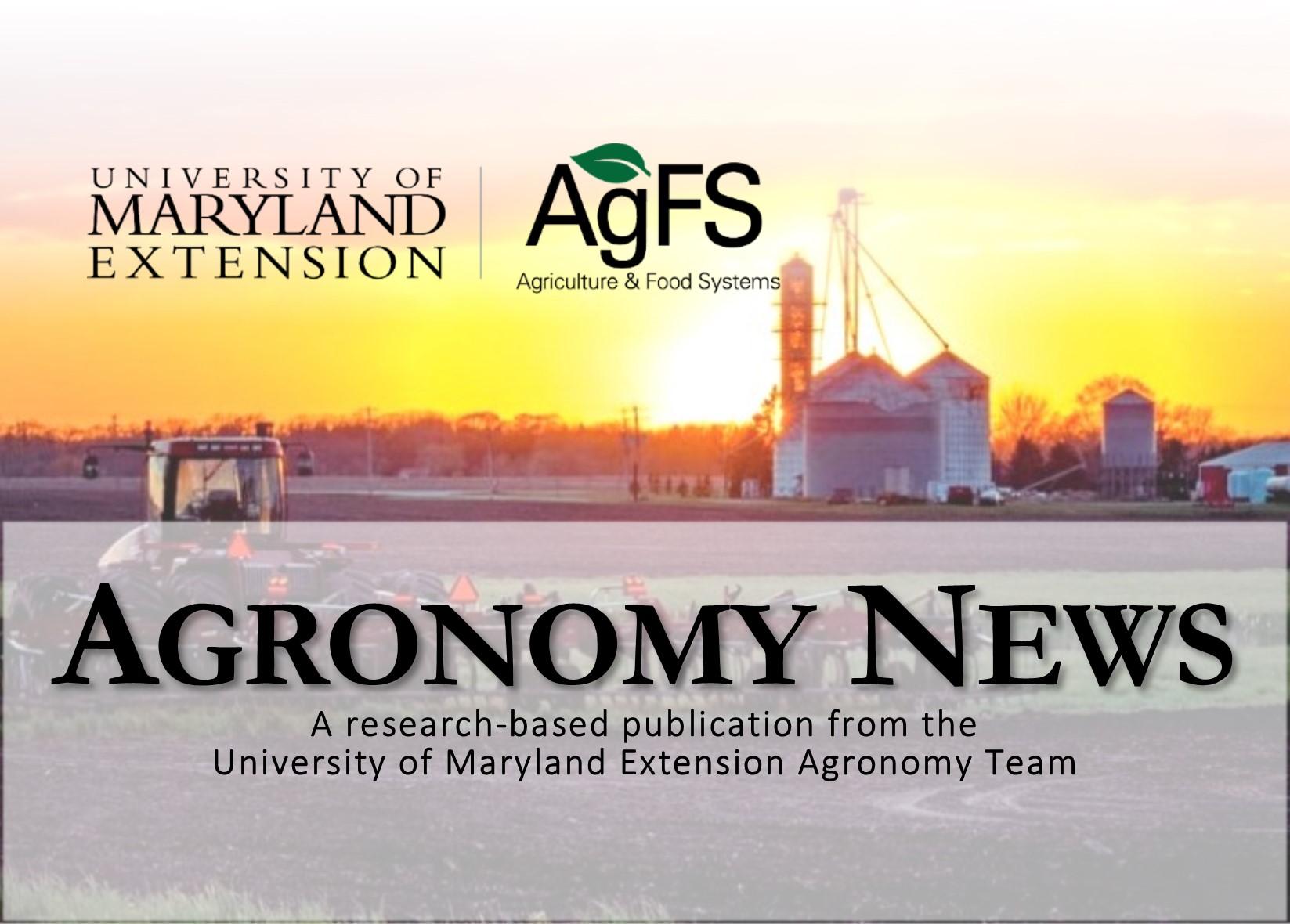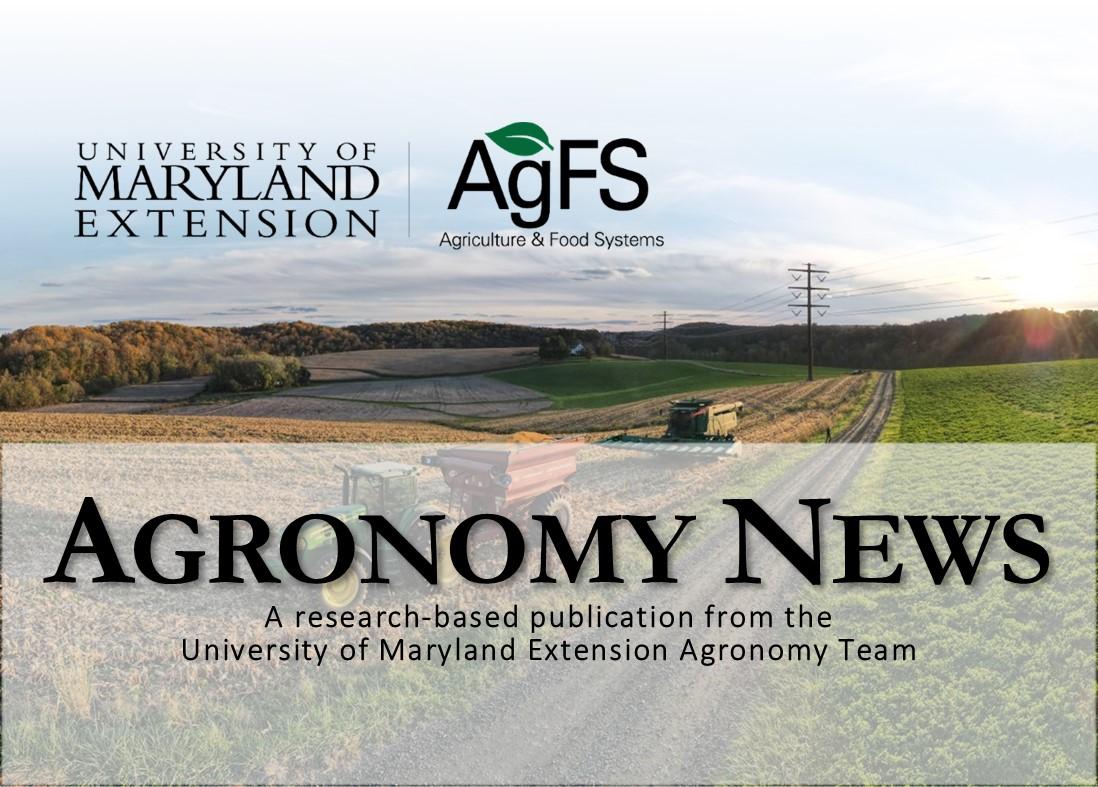Updated: October 23, 2024
General Recommendations for Managing Nematodes in Field Crops (FS-1082)
Nematodes are an economically important pathogen of many crops in Maryland. Significant yield loss can occur if nematodes are not managed properly. This factsheet serves as a broad introduction to nematodes as plant pathogens and serves as a general guide for sampling and managing nematodes in Maryland. Title: General Recommendations for Managing Nematodes in Field Crops (FS-1082); Author: Andrew Kness
Updated: October 22, 2024
2009-2010 Pest Management Recommendations for Field Crops
This bulletin is divided into three sections - disease and nematode control, insect
control, and weed control. The recommendations are listed according to crop and
then pest. In the table of recommendations given under each crop, the pesticide
recommendations are given in units (pints, pounds, and so forth) of commercial
products. In most cases, the amount of active ingredient to be applied is given.
This information will be useful if the pesticide is commercially available at
different concentrations. If a pesticide concentration differs from that
recommended, determine the amount of a given formulation you need to use to
apply the pesticide at the recommended rate. For example, if the recommended
rate is 1 pound of active ingredient, then you should use 2 pounds of a 50
percent, wettable-powder formulation. If the formulation is a liquid, you must
know the pounds of active ingredient per gallon to make this calculation.






